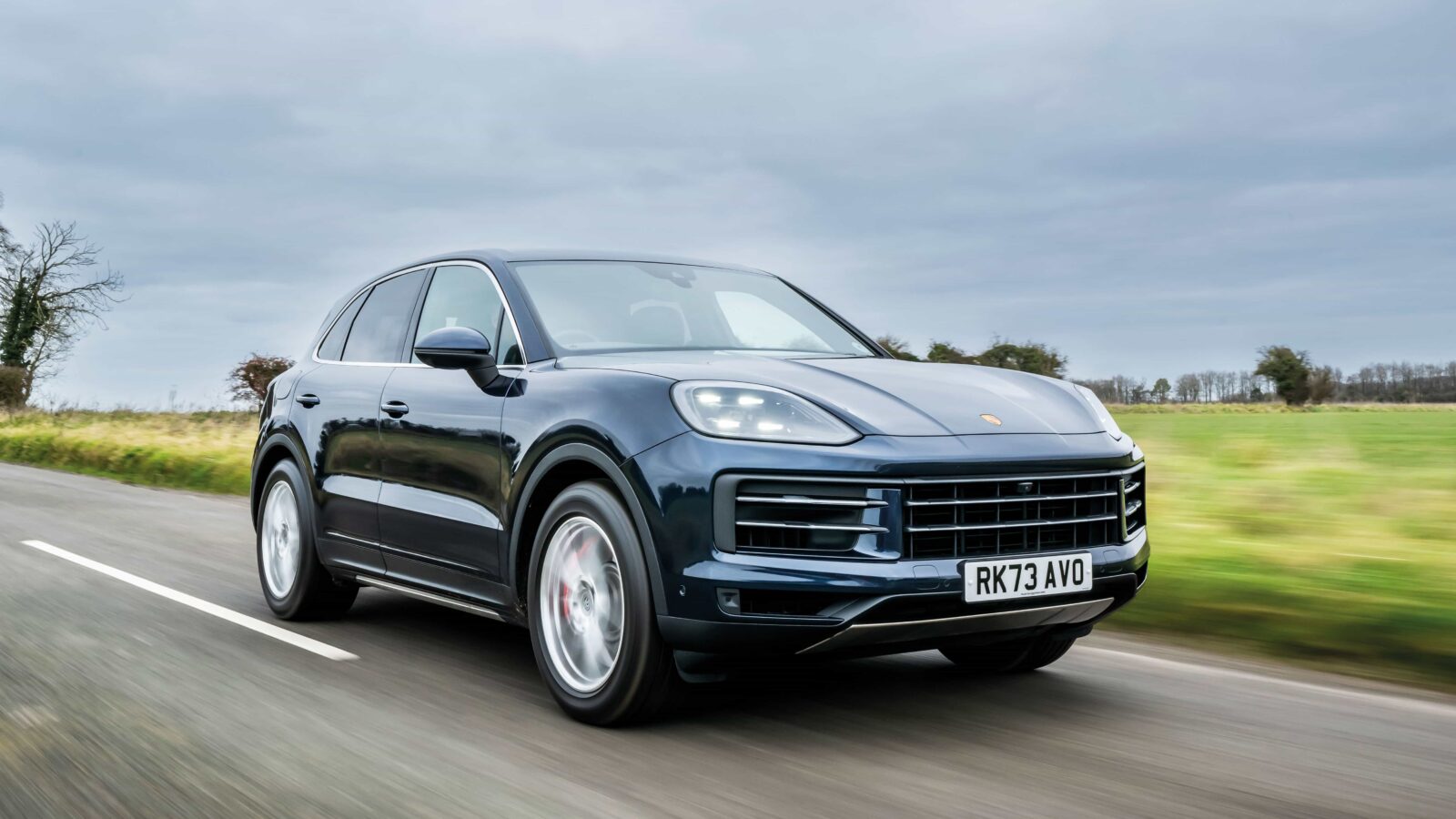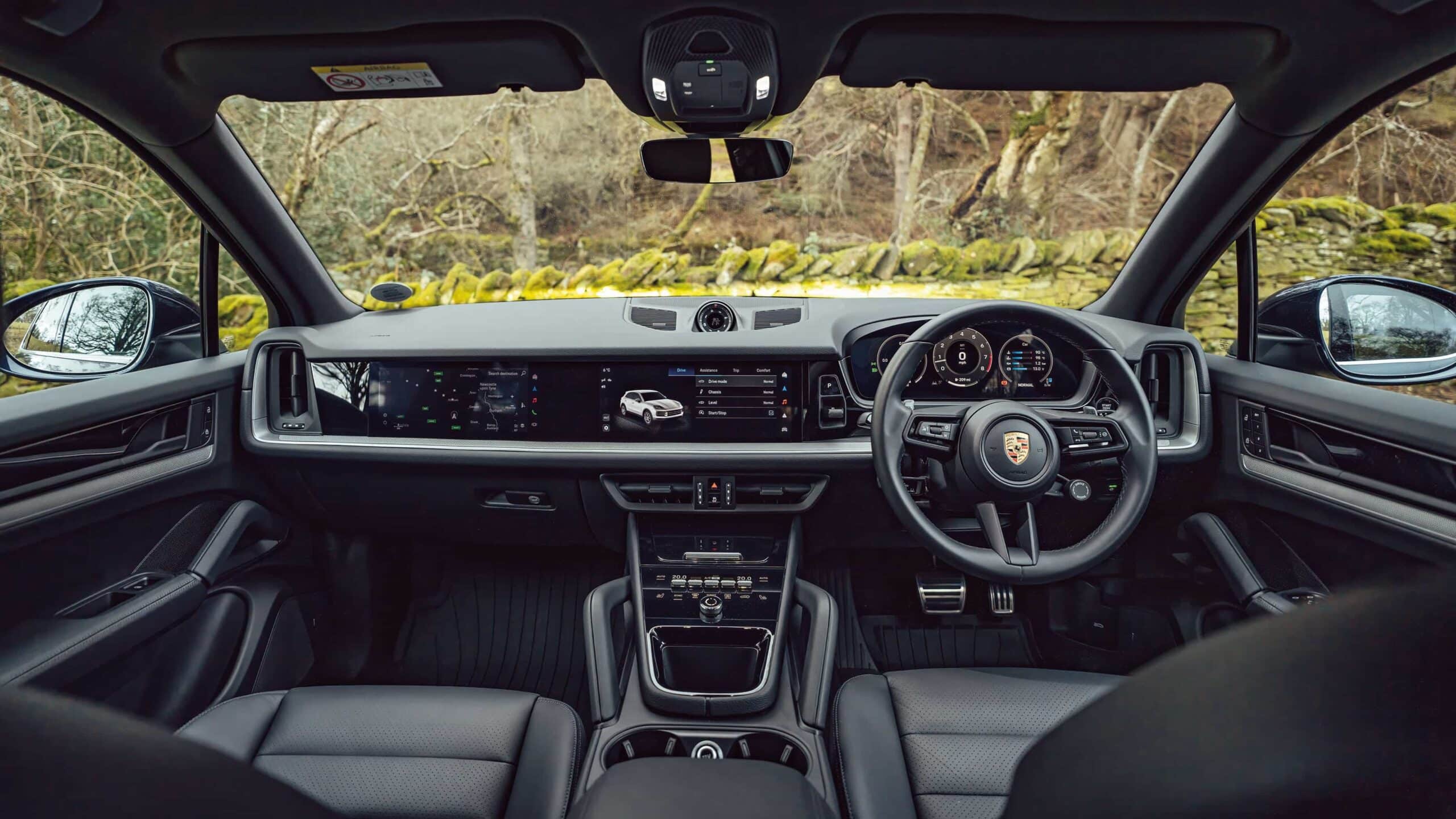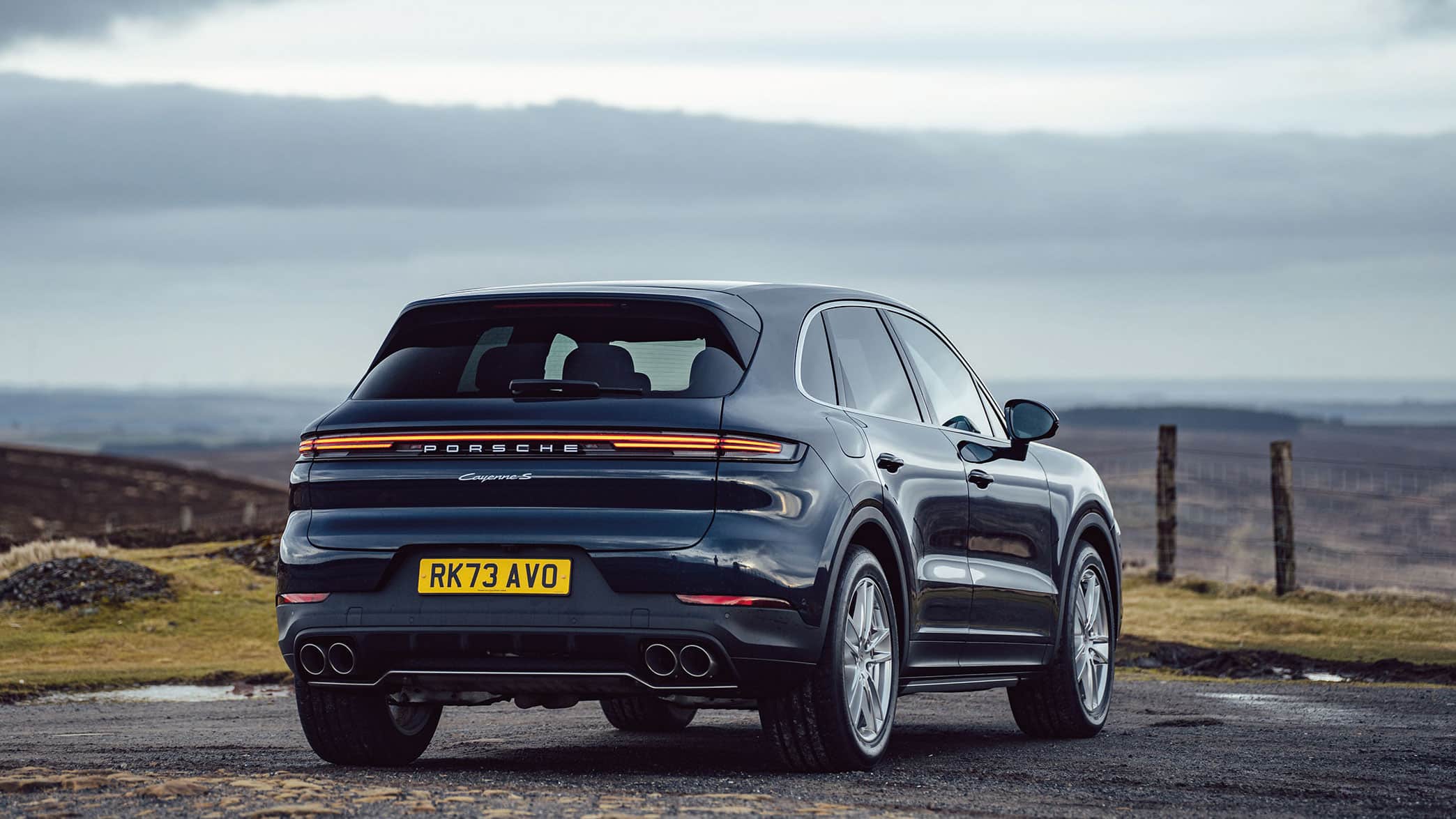2024 Porsche Cayenne review: the end for combustion engine power?
Twenty years ago Andrew Frankel was a Cayenne scoffer but with its petrol-driven story reaching its close, he’s now a firm fan

Back in 2003 I went to drive a new kind of Porsche. Writing in a Sunday newspaper I concluded: “Porsche has failed with the Cayenne. By any of its own terms of reference, be it that a car should look, feel or drive like a Porsche, it has missed by a mile. Porsche’s gamble is that, to its customers, this won’t matter.”
The gamble paid off like few since a bloke won $39.7m on a single pull of a lever on a slot machine in the Excalibur Hotel in Las Vegas that very same year. In short order the Cayenne became the best-selling Porsche in history. Soon it was outselling all other Porsches combined; to this day the Cayenne remains Porsche’s most popular car and, I would bet plenty, its most profitable too.
But we are told that all good things must come to an end, and what you’re looking at is almost certainly the last new Cayenne to be powered by an internal combustion engine. As things stand, an all-electric Cayenne will join the recently revealed electric Macan in 2027 though if the top end of the market continues on its current EV-sceptic course, I can see the ICE Cayenne continuing to be sold in parallel for some time after that.

This is not an entirely new Cayenne – indeed you may look at it and wonder what’s new at all – but one of those generational updates of which Porsche is fond that’s so comprehensive it becomes regarded as an essentially new car.
The range starts with a base V6-powered 348bhp Cayenne costing £70,400 and ends 60 grand later with the monstrous £130,200, 729bhp Cayenne Turbo E-Hybrid. But the one I want to focus on is the Cayenne S because, in a rather wonderful two-fingered salute to the downsizing brigade, it has had its 3-litre V6 motor upgraded to a 4-litre V8, the first time a powerplant in that configuration has been available as a Cayenne S in a decade.
It’s a worked-over version of the familiar Porsche/Audi V8 with new turbos, electronics, cam timing and so on, and produces a very lazy 467bhp, and while that’s up from the 434bhp of the outgoing V6 S, the additional weight of the new motor means it actually has a fractionally inferior power to weight ratio.
Who cares? Not me for sure. The old engine was fine, but only ever a device for doing a job; the new V8 brings a character, sound and sense of occasion a handful of additional bhp per litre could never make up for. You can tell how understressed this motor is by the fact that essentially the same engine makes 658bhp in the Lamborghini Urus, but in this kind of car I value the fact the Porsche motor generates peak torque at lower revs and doesn’t shout at you when you accelerate hard far more.
“It has had its 3-litre V6 motor upgraded to a 4-litre V8”
Elsewhere the suspension has been completely revised and, when fitted with air springs and four-wheel steering (both options I’d recommend), this is now not only by far the best handling full-sized SUV anything close to this money can buy, but I’d say not far off the best riding too. It’s still not a car you’re going to set an alarm for, just so you can hurl it down your favourite road while the rest of the world sleeps, but if you do happen to find yourself there with a clear run, you’ll find also that the clarity and precision of its steering, its ability to angle into the apex, resist understeer and control its body’s movements provides a driving experience of a richness beyond what you might imagine possible for a car of this size and weight.
The only big visual change has been wrought on the cabin, which now takes its cues straight from the Taycan playbook. Which means it’s all glossy screens displaying large, easily thumbed icons which stretch, if you spend the extra grand on a passenger display, right across the entire dashboard. I’ve been very critical of this approach in other cars, but Porsche’s is far easier to understand and navigate than most. Vital controls, such as those for the infotainment volume and ventilation system, remain physical, and long may it stay that way.
The biggest single criticism you can level at it is its stupendous appetite for fuel by which I mean 25mpg in normal, quite gentle driving. Drive it like a Porsche and it’ll be down in the teens in a heartbeat. Anyone expecting anything else from a two-tonne SUV powered by a petrol V8 is of course deluding themselves, but it is easy to see why, when either personal or company tax liability is taken into account, half the models in the line are now plug-in hybrids, none of which I’d bother with on any grounds other than the financial. They add a load more weight and their EV-only range is modest indeed by modern standards.
My guess is that Porsche will keep building this car until it is legislated out of existence – as will be the Cayman and Boxster in Europe (not the UK) this summer. My sense is that people who want a car like this will be loath to give up their V8, especially when the alternative is likely to be heavier, more expensive and come with a powertrain of equivalent charm to their refrigerator. Who can blame them? Far from this final ICE Cayenne being a nip and tuck, it seems that Porsche saved the best until last.

Porsche Cayenne S
- Price £84,400
- Engine 4 litres, eight cylinders, petrol, turbocharged
- Power 467bhp at 6000rpm
- Torque 442lb ft at 2000rpm
- Weight 2160kg (DIN)
- Power to weight 216bhp per tonne
- Transmission Eight-speed automatic, four-wheel drive
- 0-60mph 5.0sec
- Top speed 170mph
- Economy 22.6mpg
- CO2 283g/km
- Verdict This is far more than a facelift.

